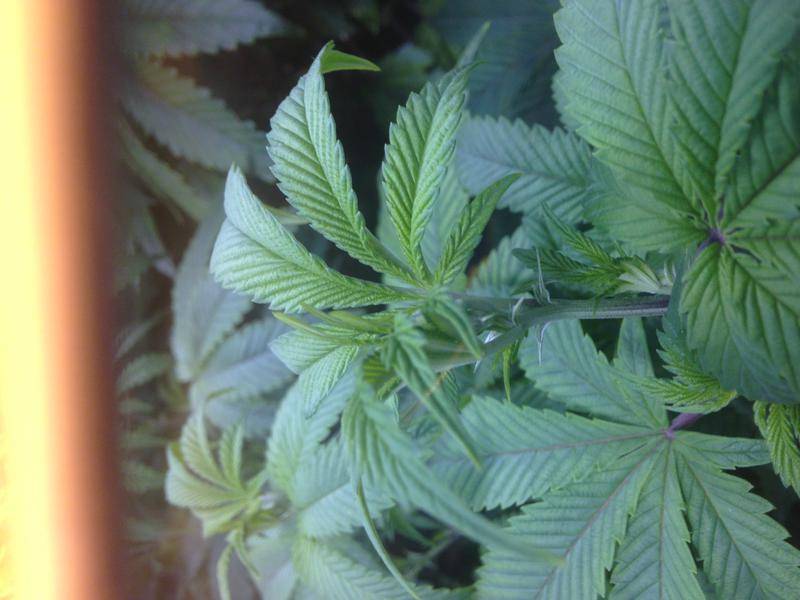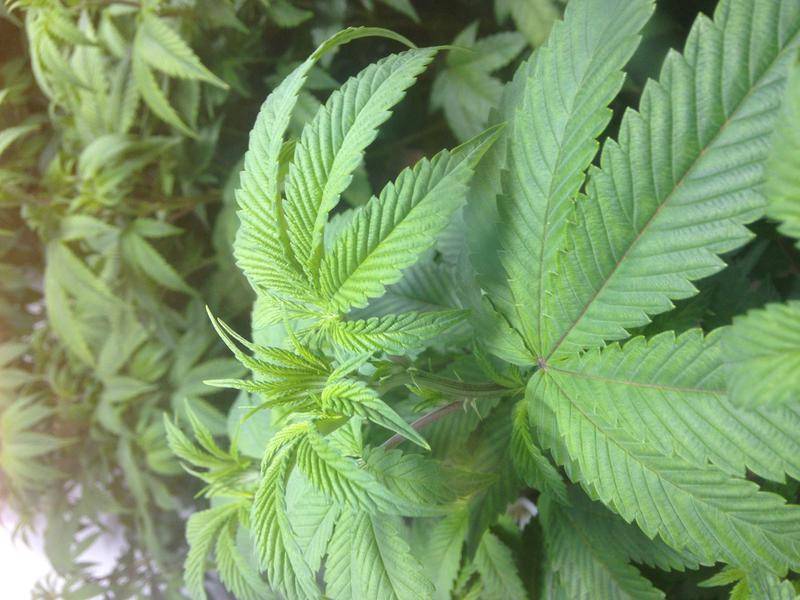Got some pics of the issues it caused. I wasn't really trying to document every aspect at the point I was taking these pics I can't remember if I had brought in the organic soil and coco plants yet, but again this was a condition across the board effecting plants in different medias fed from different solutions that where all different sizes.
This was the sag they would do, it looked a lot like overwatered or VPD suffering plants (again, parameters perfect, different medias, different solutions) I believe at the time of these pics I had things set around 77-79 with 50-55% RH. These are some of the most forgiving parameters I am aware of. Definitely not as aggressive as things can run, but obviously things had problems.




This was the sag they would do, it looked a lot like overwatered or VPD suffering plants (again, parameters perfect, different medias, different solutions) I believe at the time of these pics I had things set around 77-79 with 50-55% RH. These are some of the most forgiving parameters I am aware of. Definitely not as aggressive as things can run, but obviously things had problems.



